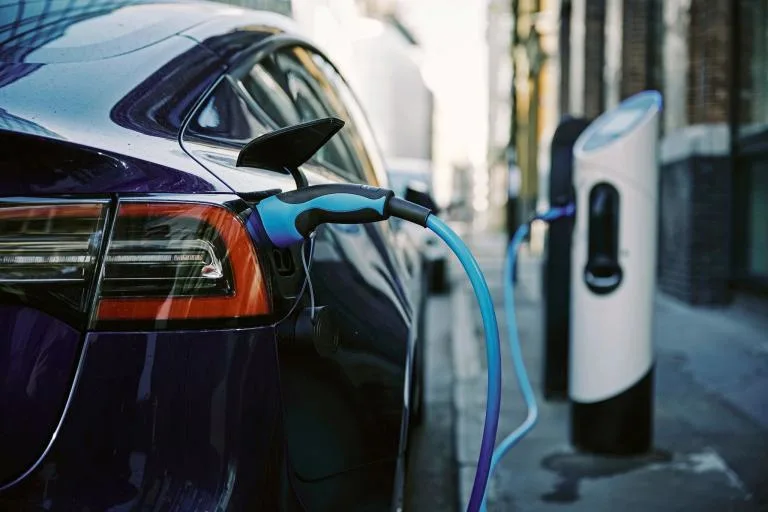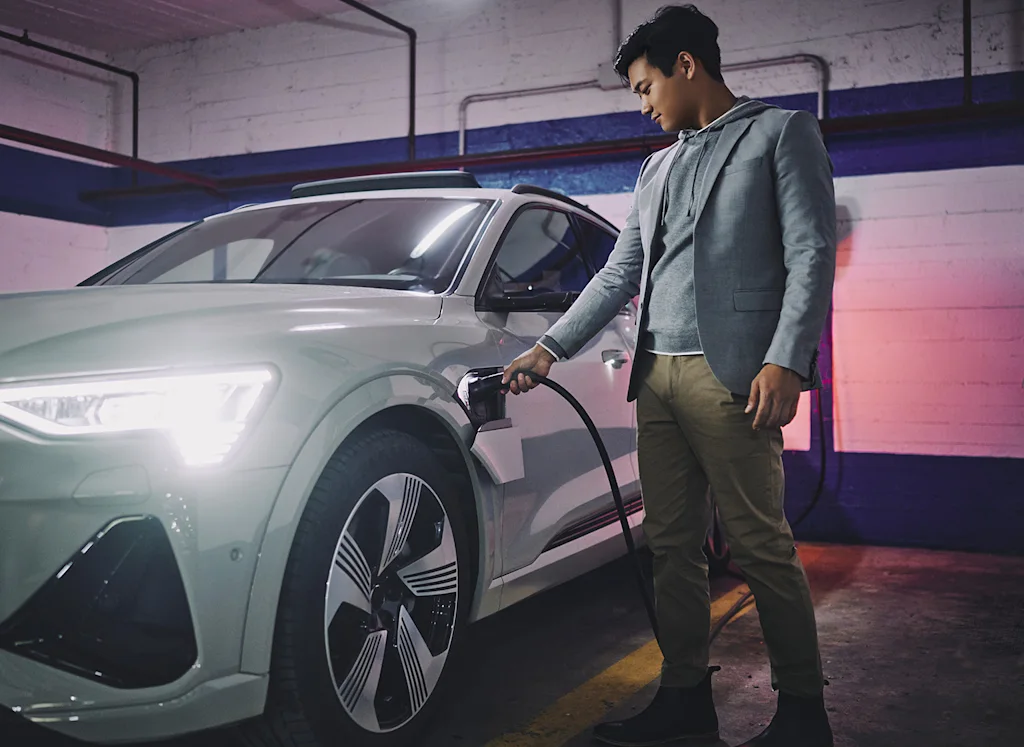1#perceived barrier to EV adoption is charger availability
6.6xmore EV charge points deployed in the EU vs US in the last year
77%of EV owners in the US and EU would buy electric again
Explore the HERE-SBD EV Index 2025 across India
Related resources

Products
Optimize EV routing and charging
Discover our comprehensive EV portfolio for optimized charging, routing and range.

Page
The digital cockpit playbook
Discover how digital cockpits can enhance an OEM’s products, strengthen brands and engage drivers.

Blog articleIan Dickson - 01 May 2025
How artificial intelligence can help optimize electric vehicles
From intelligent route planning to monitoring battery health, could artificial intelligence (AI) help ease the transition to electric vehicles (EVs)?
Frequently asked questions
Get in touch
Let's discuss how you can build better EV solutions with location intelligence.

